Introduction
Understanding the identification of your semi-trailer is vital in the transportation and logistics sector. The Vehicle Identification Number (VIN) plays a crucial role in various aspects including registration, insurance, and maintenance. But where exactly can you find this unique identifier on your semi-trailer? In this detailed guide, we will explore the various locations of the VIN, what it represents, and why it’s essential for all semi-trailer owners and operators to familiarize themselves with this information.
What is a VIN and Why is it Important?
The Vehicle Identification Number is a unique 17-character string that serves as a fingerprint for your semi-trailer. Each segment of the VIN contains specific information about the trailer, such as the manufacturer, model, year, and place of manufacture.
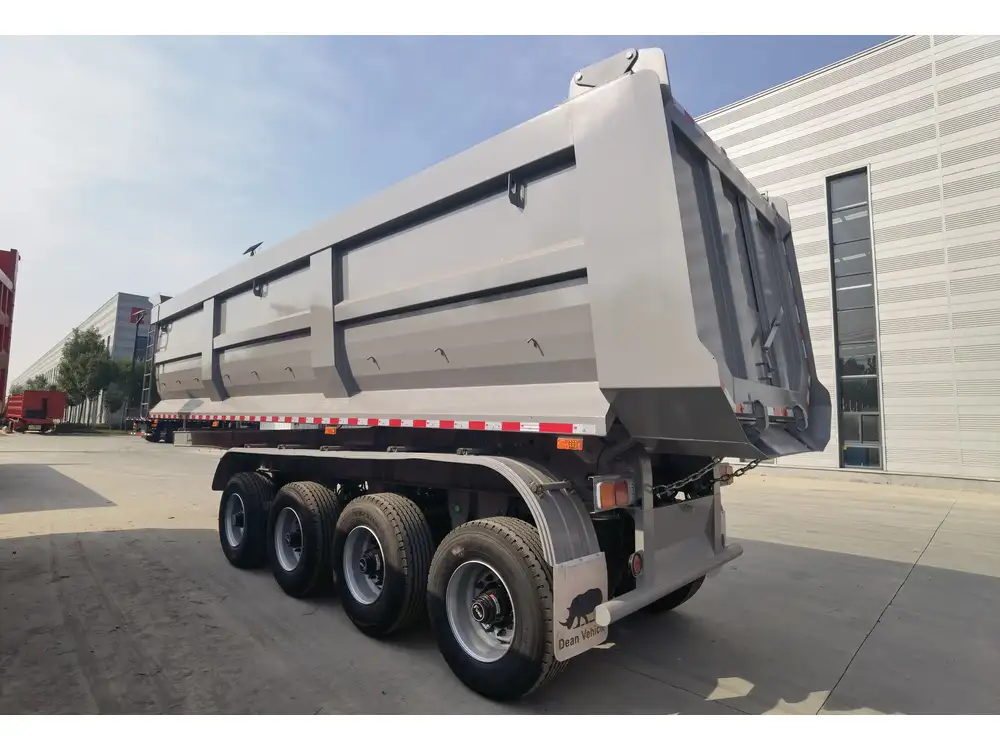
Significance of the VIN:
- Identification: Differentiates your vehicle from others.
- Registration: Required for legal identification by authorities.
- Insurance: Essential for obtaining insurance coverage.
- Tracking: Helps locate stolen or missing vehicles.
- Maintenance and Recalls: Useful for checking recalls and service history.
Understanding the VIN’s structure increases the importance of knowing exactly where to find it on your semi-trailer.
Where to Find the VIN Number on a Semi Trailer
1. Common Locations for VIN on Semi Trailers
Finding the VIN on a semi-trailer can vary based on the manufacturer and the specific model. Here are the most commonly found locations:
| Location | Description |
|---|---|
| Front Left Frame Rail | The most common location is on the driver’s side front frame rail. Look for a metal tag or stamped number. |
| Rear of the Trailer | Sometimes, the VIN can be located on the rear section of the trailer, commonly near the bumper or tail light area. |
| Near the Landing Gear | Check around the landing gear assembly, specifically on the driver’s side where the gear connects to the frame. |
| Certificate of Origin or Title | If you cannot physically inspect the trailer, you can find the VIN on the title or original certificate of origin. |
| Manufacturer’s Plate | Look for a manufacturer’s plate, which usually contains the VIN along with other specifications about the trailer. |
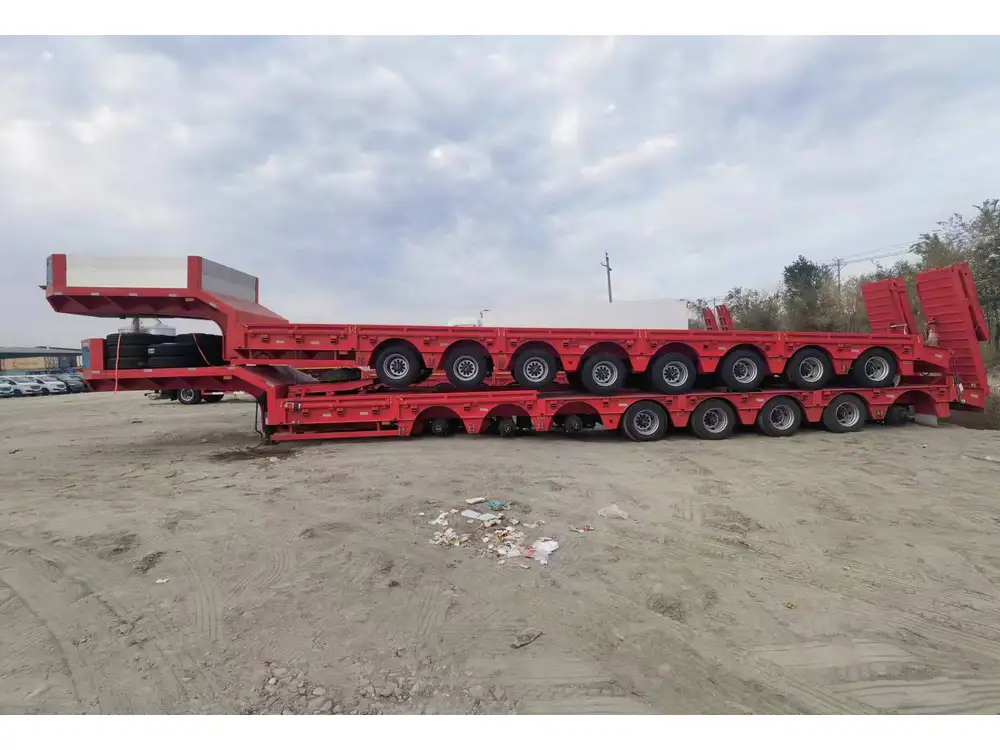
2. Detailed Exploration of Each Location
Front Left Frame Rail
The front left frame rail of a semi trailer is not just a prominent spot for structural integrity; it also serves as the most traditional, reliable location for the VIN. Here, the VIN is often stamped directly into the metal, which ensures that it remains visible and protected from wear.
- Tip: Use a flashlight to illuminate the area, especially if it’s dark or dirty. Clean the surface gently with a cloth to make the VIN more legible.
Rear of the Trailer
This location may not be the first place you think to check, but manufacturers sometimes choose to place the VIN at the rear. It’s often integrated into the frame or just below the tail lights.
- Tip: Inspect closely and check if the bumper has any removable covers that could hide the VIN tag.
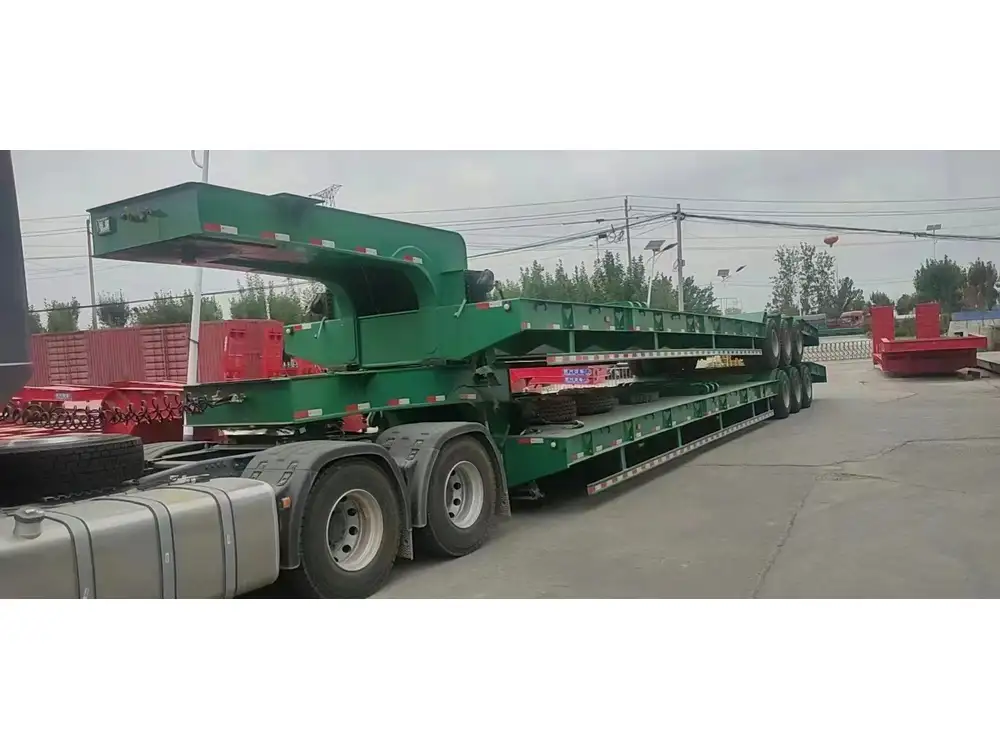
Near the Landing Gear
The landing gear is crucial for the support of the semi-trailer when parked. Manufacturers might choose to locate the VIN here, especially if they want to make it visible when the trailer is uncoupled.
- Tip: Again, using a flashlight can help in spotting the VIN in this more confined area.
Certificate of Origin or Title
For new buyers or those involved in the resale process, the certificate of origin or registration title should have the VIN clearly marked. This is a reliable source if you cannot physically inspect the semi-trailer.
- Tip: Always ensure that the VIN on the title matches the one physically located on the trailer.
Manufacturer’s Plate
Many manufacturers place a metal plate on semi-trailers that are affixed with various important details including the VIN. This plate is often located around the front or back end, sometimes close to the hitch.
- Tip: Locations can vary, so if you have a specific manufacturer in mind, consult their documentation or website for guidance.

How to Read the VIN
Understanding the structure of the VIN enhances your ability to utilize it effectively. A VIN comprises 17 characters that fall into specific sections, each providing unique information.
Breakdown of a VIN:
| Segment | Position | Information |
|---|---|---|
| 1–3 | World Manufacturer Identifier (WMI) | Identifies the manufacturer and the country of manufacture. |
| 4–8 | Vehicle Descriptor Section (VDS) | Describes the trailer’s characteristics including model and body type. |
| 9 | Check Digit | Used for verifying the VIN’s authenticity. |
| 10 | Model Year | Indicates the year the trailer was built. |
| 11 | Plant Code | Location of the manufacturing plant. |
| 12–17 | Serial Number | The individual production number assigned to the semi-trailer. |
Understanding how to decode your VIN will help you in various tasks like ordering parts, understanding the trailer’s specifications, and communicating with your manufacturer’s customer service.
Importance of VIN in Different Scenarios

1. Purchasing a Semi Trailer
When you are in the market to purchase a semi-trailer, knowing how to locate and read the VIN is crucial for several reasons:
- Verification: Confirm the trailer hasn’t been reported stolen.
- History Check: Using the VIN, you can obtain a trailer history report to check for accidents or major repairs.
- Negotiation Tool: Understanding specifications through the VIN can help you ascertain the value and condition of the trailer.
2. Insurance Registration
Insurance companies rely upon the VIN to set coverage limits and to assess risk. Proving your ownership via the VIN can also expedite the claims process for any loss or damage.
- Action Item: Always double-check that the VIN on your insurance documents matches the physical VIN again before finalizing any policies.
3. Routine Maintenance
Routine inspections and maintenance records often reference the VIN, making it essential in keeping a log for your semi-trailer.
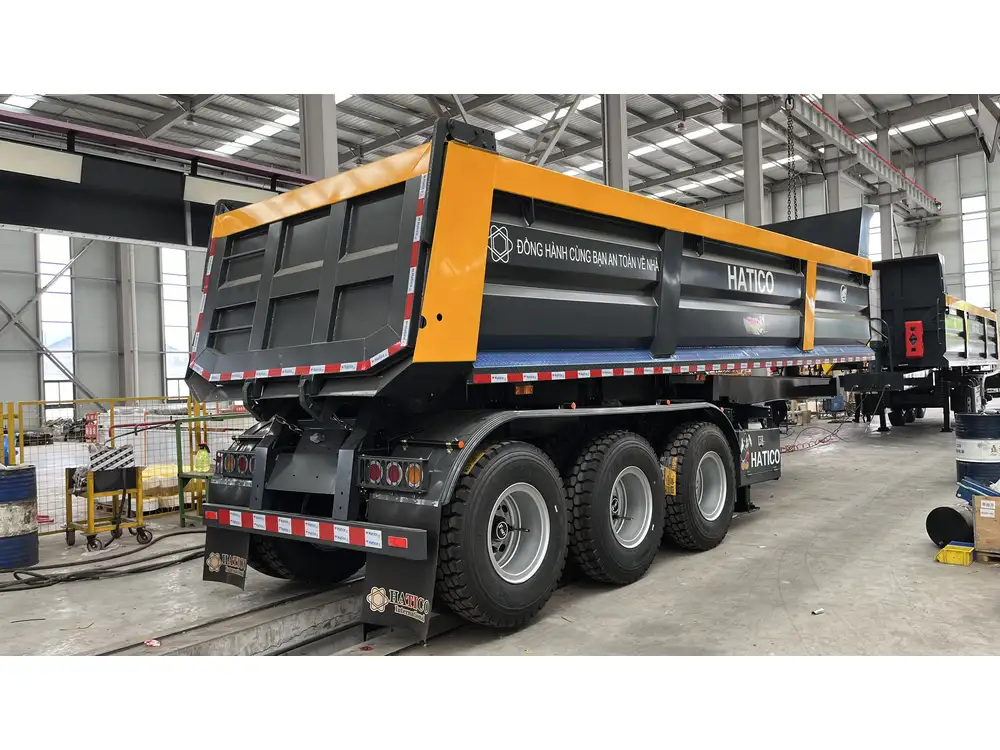
4. Legal Compliance
For licensing and compliance checks with local transportation authorities, you will need to present the correct VIN wherever necessary.
Tips for Maintaining VIN Visibility
Given the operational and environmental challenges that semi-trailers face, ensuring that the VIN remains visible over time is crucial.
- Cleaning: Regularly clean the area around the VIN, removing dirt and grime that can obscure its visibility.
- Protective Coating: Consider applying a clear coat or sealant around the VIN area to prevent corrosion which can obscure the numbers.
- Storage: When the trailer is not in use, keeping it in a covered area can help protect the VIN from the elements.
Frequently Asked Questions
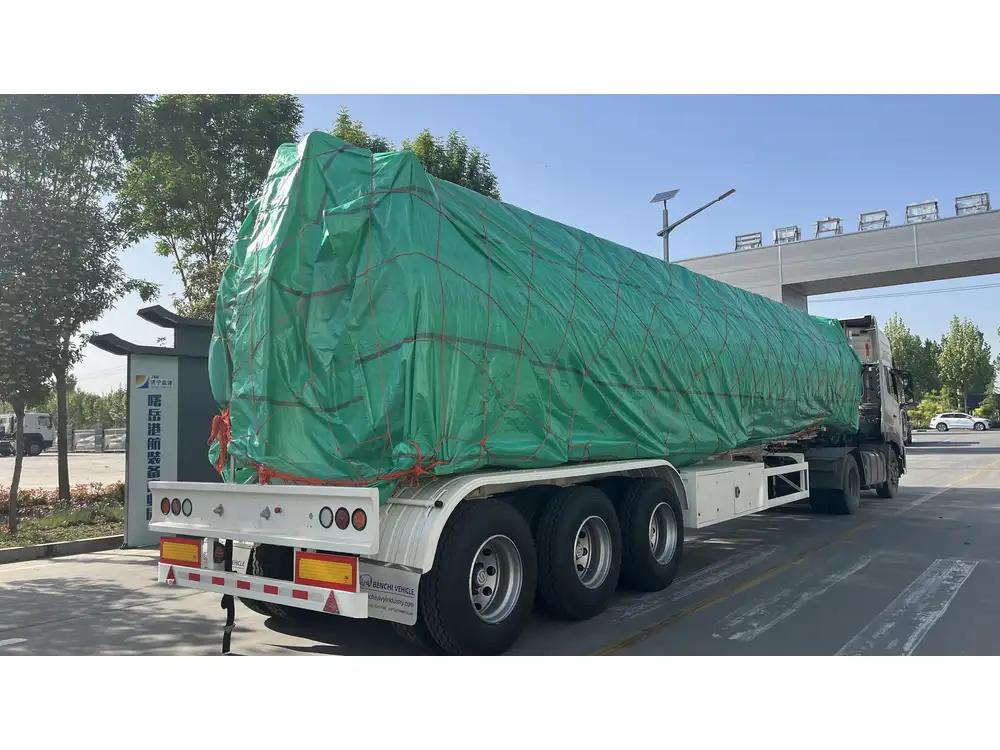
1. What should I do if I can’t find the VIN?
If you cannot locate the VIN, start by referring to your registration documents. If issues persist, contact the manufacturer or a licensed mechanic for assistance.
2. Can a VIN number change?
Generally, a VIN does not change. However, in cases of significant reconstruction or if legal issues arise, an updated VIN may be issued.
3. How can I obtain a VIN history report?
You can obtain a VIN history report through services like Carfax or AutoCheck by entering your semi-trailer’s VIN on their respective websites.

Conclusion
Locating the VIN on your semi-trailer is not just about regulatory compliance; it’s about safeguarding your investment and ensuring you have all the necessary details at your fingertips. Whether you are buying, selling, or maintaining a semi-trailer, understanding VIN placement, structure, and significance is paramount. Keep your semi-trailer’s VIN well-maintained, and it will serve you reliably throughout its lifespan. Whether on the road or in the yard, the VIN is your key to responsible trailer management.



